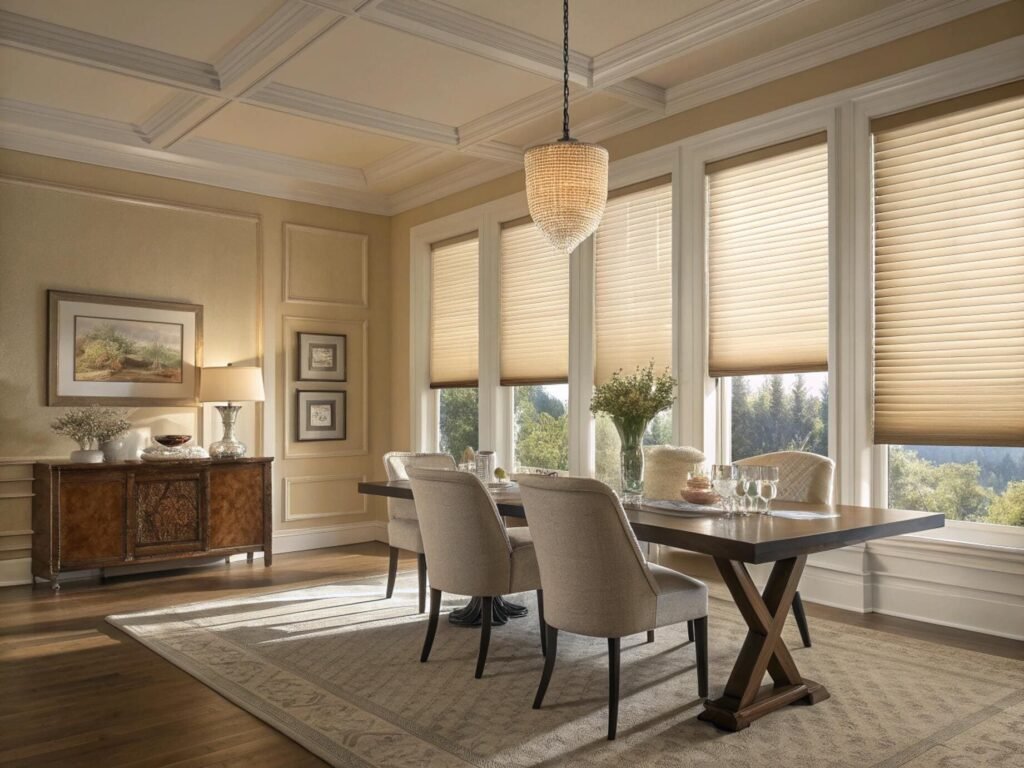Are your energy bills climbing? Your windows might be the culprit. You need blinds that do more than just look good; you need a solution that actively insulates your home.
Honeycomb blinds[^1] are the best for insulation. Their unique cellular pockets trap air, creating a powerful thermal barrier[^2] that significantly reduces heat loss in winter and heat gain in summer, unlike the single-layer design of vertical blinds.
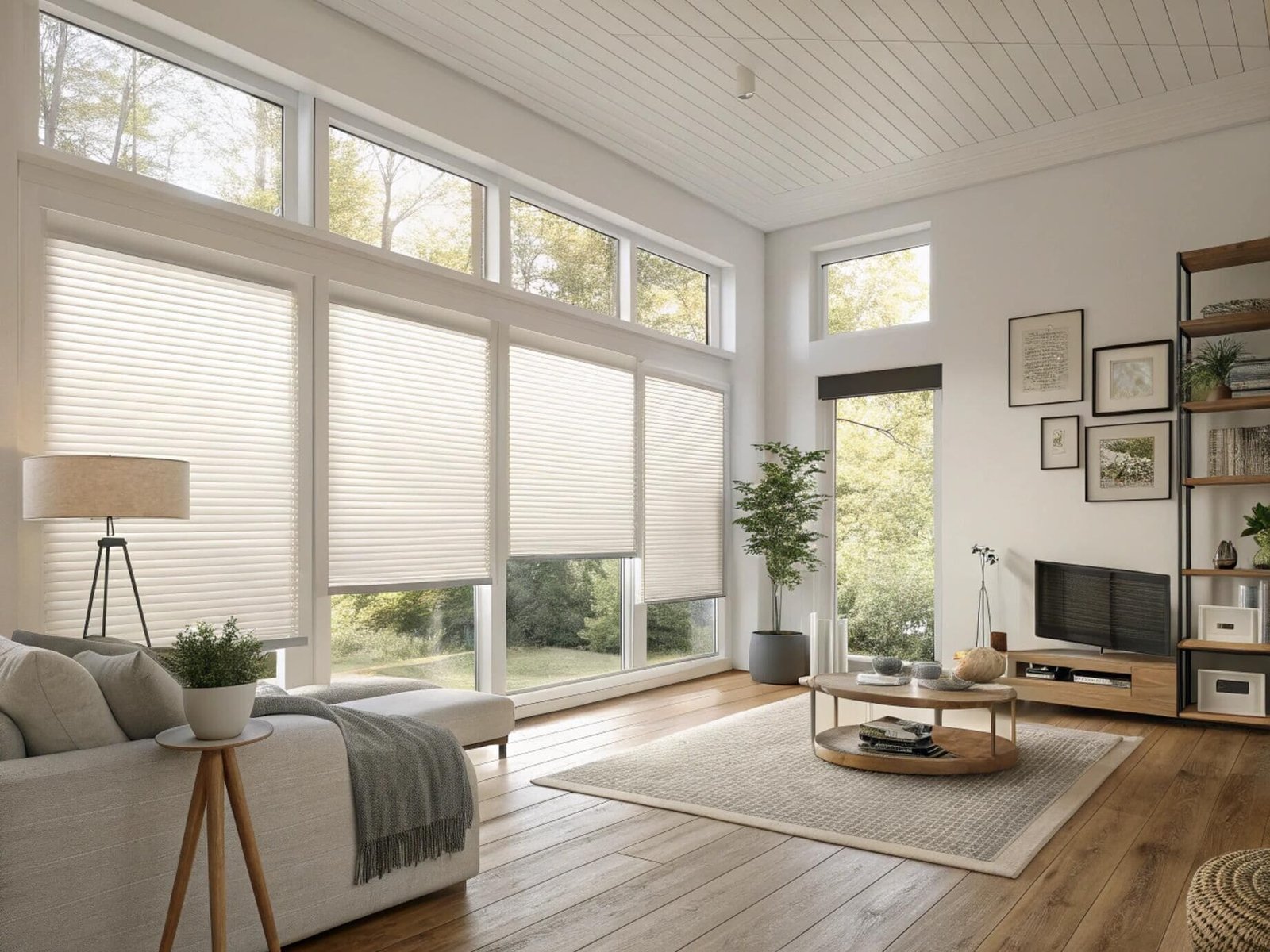
The conversation I have with my clients has fundamentally changed. We've moved past discussing blinds as simple window coverings. Now, we're designing active energy management systems for their spaces. Clients want to understand the real-world impact on their utility bills and comfort. They need to know how their choice will manage temperature, control energy costs, and deliver long-term value. My job is to guide them through this, showing how a modern blind isn't just a passive shade but a key component in engineering their perfect, energy-efficient indoor climate.
Are honeycomb blinds truly the best for insulation?
You have heard that honeycomb blinds are great for insulation[^3], but is it just a marketing claim? You need to know if they really make a measurable difference on your energy bills.
Yes, honeycomb blinds are the best insulating window treatment readily available. Their unique cellular structure[^4] traps air, acting like double-glazing for your windows and potentially cutting your home's energy transfer through windows by 40% or more.
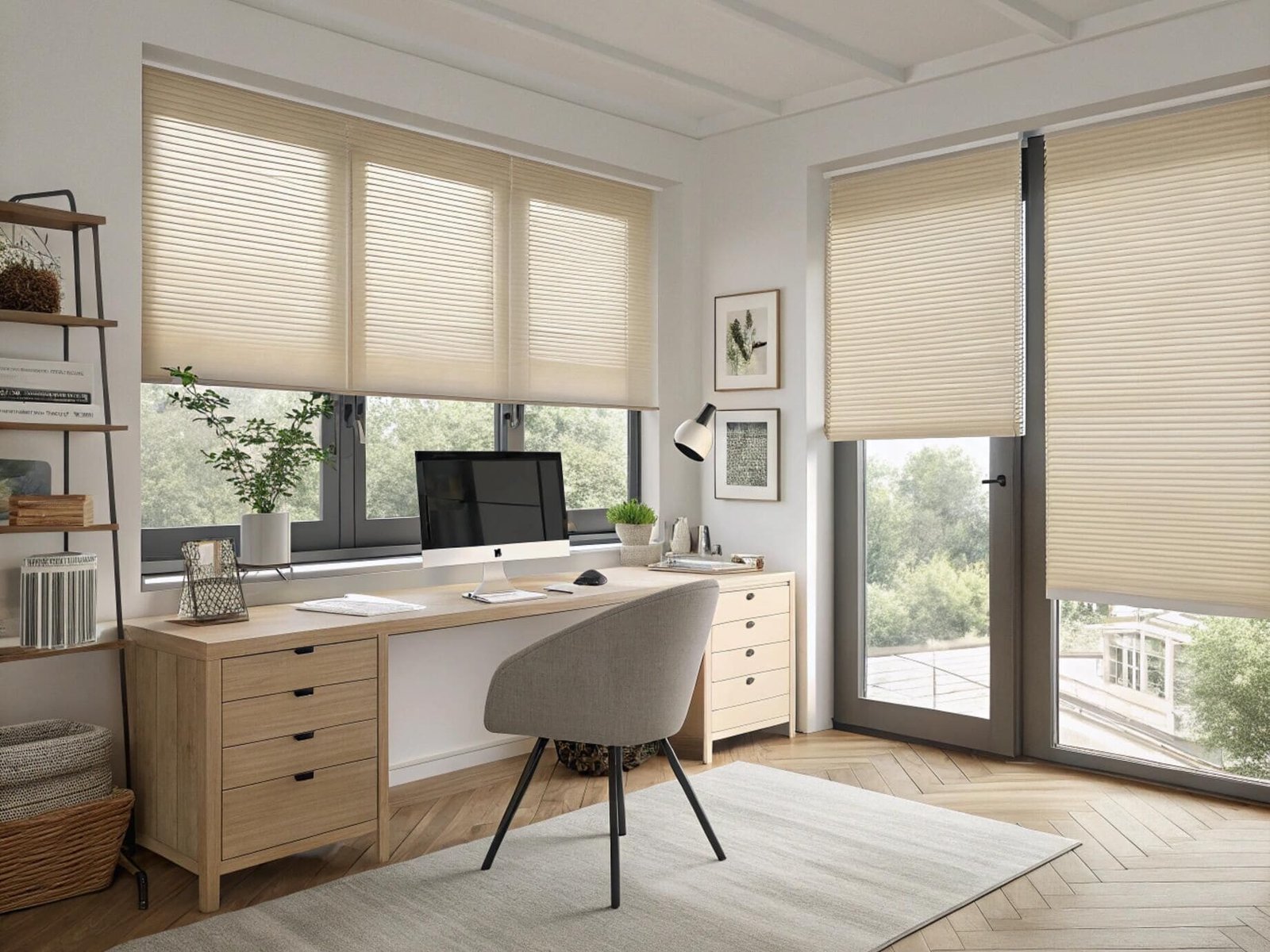
The secret is in their design, which was inspired by the brilliant engineering of a honeybee's comb. Each shade is made of at least two layers of fabric connected to form cells, or pockets. These pockets trap a layer of air, which is a very poor conductor of heat. This trapped air creates a substantial barrier between the window surface and your room. In winter, it keeps the warm air in and the cold air out. In summer, it does the opposite, reflecting solar heat and keeping your home cooler. Vertical blinds, on the other hand, are made of single slats. While they block direct sunlight, heat can still easily transfer around them. The difference in energy savings isn't small; it's a significant, measurable advantage that pays you back over time.
Insulation Performance Breakdown
| Performance Metric | Honeycomb Blinds (Cellular) | Vertical Blinds |
|---|---|---|
| Primary Mechanism | Air-trapping cellular pockets | Single-layer light blocking |
| Heat Gain Reduction | Excellent (up to 80%) | Fair |
| Heat Loss Reduction | Excellent (up to 40%) | Poor |
| Typical Energy Savings | High | Low to Moderate |
| Sound Insulation | Good (due to air pockets) | Poor |
What are the disadvantages of honeycomb blinds?
You're sold on the energy-saving benefits. But you're a savvy buyer, and you know no product is perfect. You want to understand the potential downsides before committing to them for your home.
The main disadvantages are cleaning difficulty and a higher initial cost. The cellular design that traps air so well can also trap dust and small insects, making them harder to deep clean than a simple flat blind.
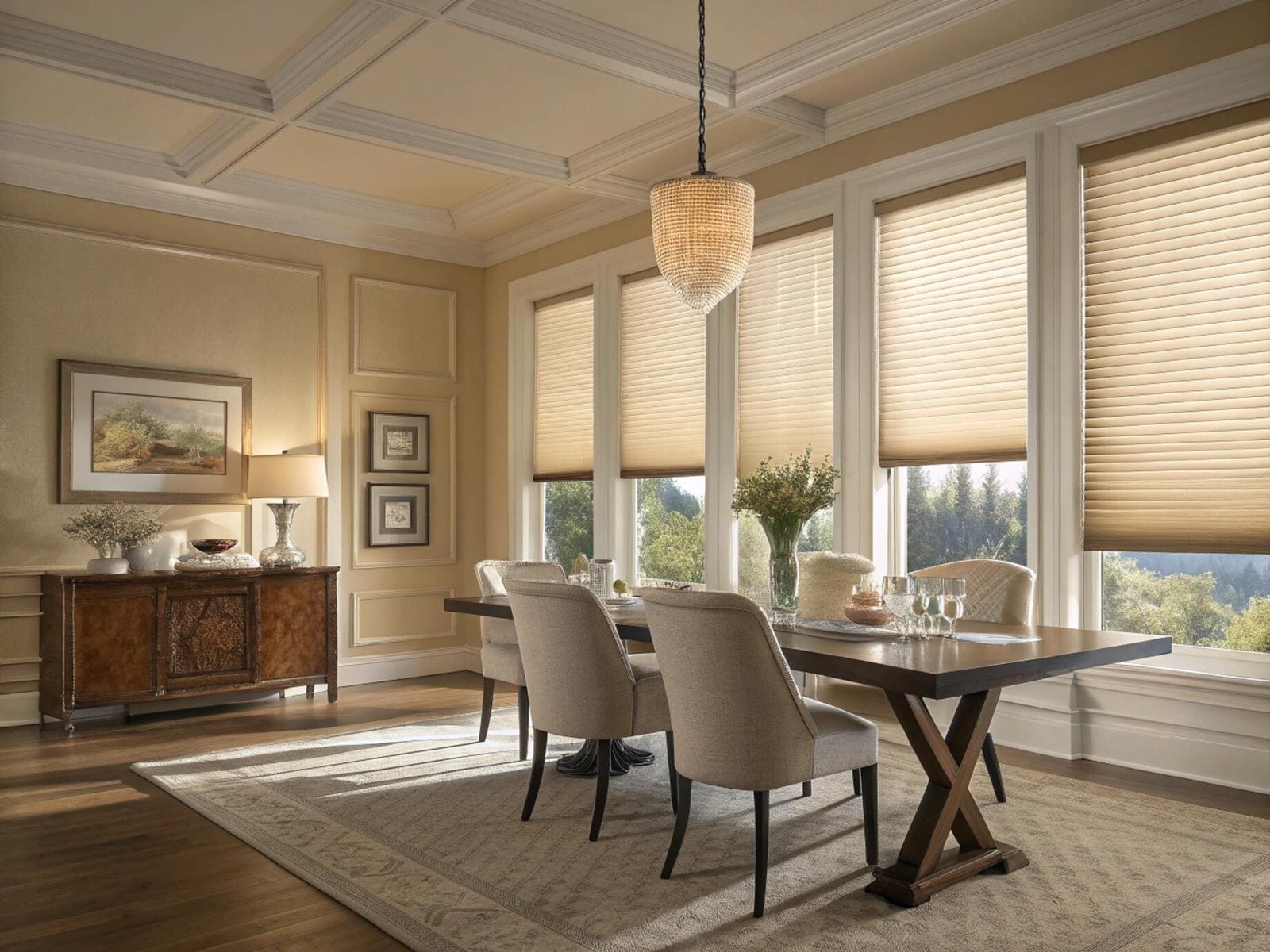
This is the practical trade-off for their incredible insulation. While regular light dusting with a vacuum brush is easy enough, getting deep inside each cell for a thorough clean can be a chore. Dust and even small bugs can sometimes find their way into the cells and get stuck. Another potential issue is moisture[^5]. In very damp environments like a poorly ventilated bathroom, condensation can get trapped inside the cells, which could potentially lead to mildew over a long period. We always advise checking for proper ventilation in such areas. Finally, while they are a fantastic investment in energy savings, their complex construction means they typically have a higher price tag than simpler options like vertical or roller blinds.
What is the difference between light filtering and blackout honeycomb shades?
You're trying to choose a honeycomb shade, but you see "light filtering[^6]" and "blackout" options. You need to know what these terms really mean for the light, privacy, and feel of your room.
The difference is the material inside the cells. Light-filtering shades use a semi-translucent fabric to soften and diffuse sunlight. Blackout shades have a metallic or Mylar lining inside the cells, which completely blocks all light from passing through.
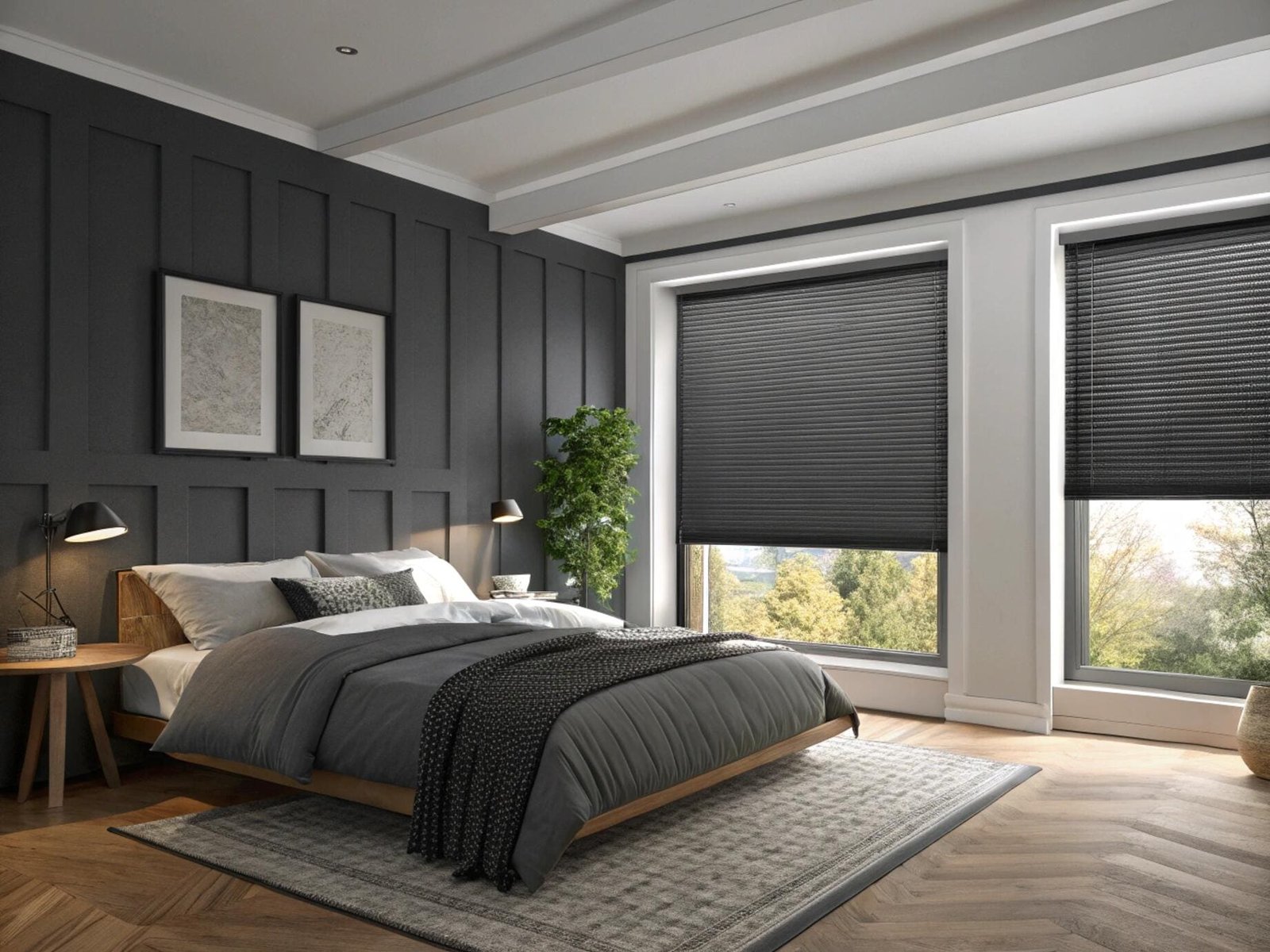
Think of it as two different tools for two different jobs. Light-filtering shades are perfect for living rooms, kitchens, and offices. They turn harsh, direct sunlight into a soft, usable glow, protecting your furniture from UV damage while keeping the room bright and welcoming. You can enjoy natural light without the glare. Blackout shades are the go-to choice for bedrooms, home theaters, or any room where you need absolute darkness and privacy. The inner lining not only blocks 100% of incoming light but also provides an extra boost to the shade's insulating properties. It's the ultimate solution for light-sensitive sleepers or for creating an ideal movie-watching environment. The choice isn't about which is better overall, but which is the right light management solution for each specific room in your home.
Do blackout blinds actually make a room warmer?
You installed blackout blinds to keep the summer sun out, but your room still feels incredibly hot. You're wondering if the blinds themselves are part of the problem, trapping heat instead of blocking it.
No, blackout blinds don't generate heat, but they can contribute to a "hot room" feeling if they absorb solar energy and radiate it inwards. Dark-colored blinds are more prone to this. The heat you feel is the trapped solar radiation.
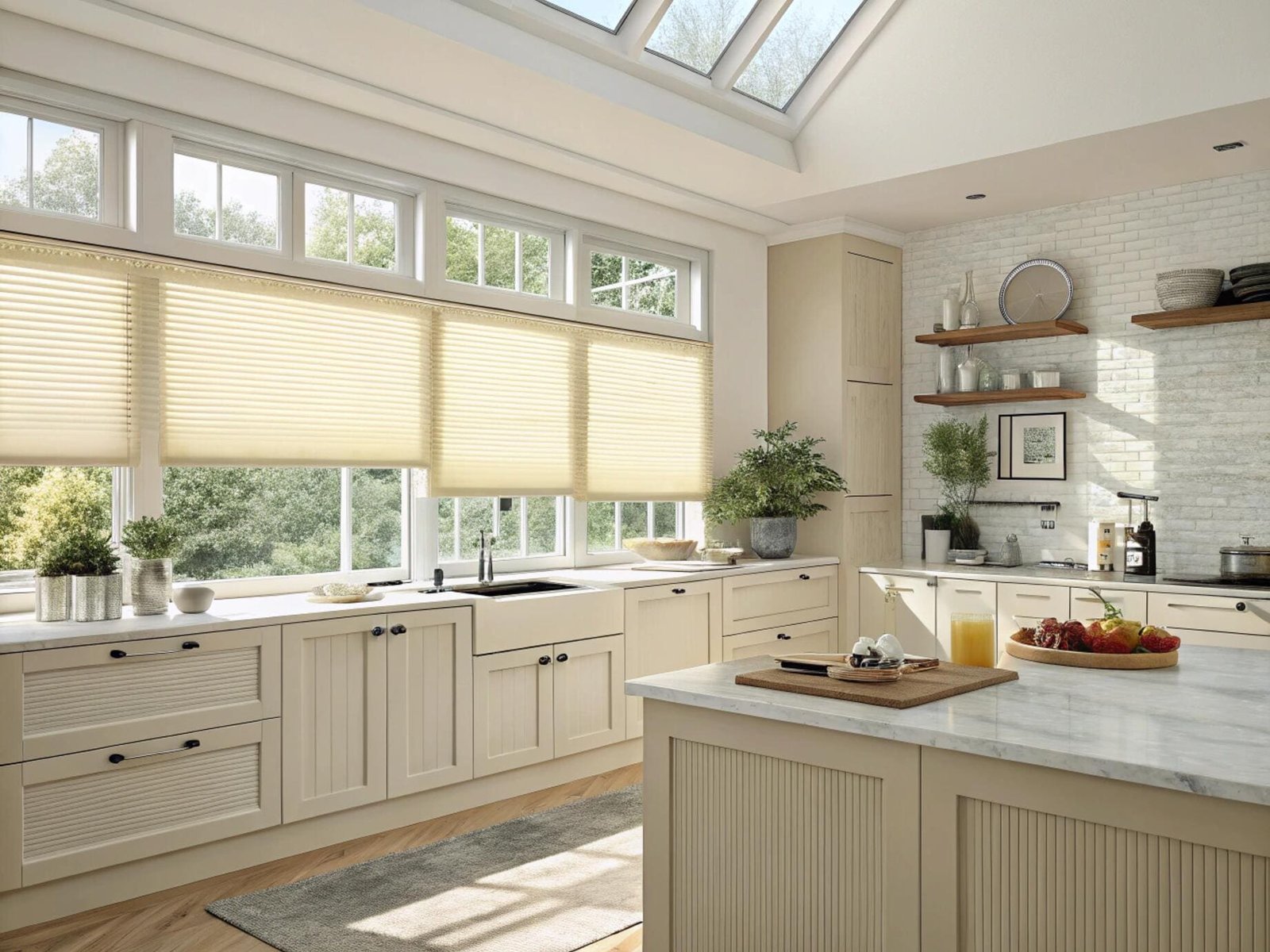
This is a common and frustrating problem that I help clients solve all the time. The issue isn't the blackout functionality itself, but the color and material of the blind. A dark-colored blind on a sunny window will absorb a huge amount of solar energy. This energy turns into heat. The blind then radiates this heat into your room, effectively turning your window covering into a black radiator. This is why your room gets so hot even though it's dark. To solve this, you need to think about reflection, not just absorption. A blackout blind with a white or light-colored backing facing the window will reflect a significant portion of that solar energy back outside before it can be absorbed and turned into heat. It's a simple change that makes a massive difference in keeping a room cool.
Conclusion
For superior insulation and energy savings, honeycomb blinds are the clear winner. They actively manage your home's temperature, providing comfort and value that vertical blinds cannot match.
---
[^1]: Discover how Honeycomb blinds can significantly reduce energy costs and improve your home's insulation.
[^2]: Understand the concept of thermal barriers and their importance in energy efficiency.
[^3]: Learn about the crucial role insulation plays in energy efficiency and how it can lower your bills.
[^4]: Learn about the unique cellular structure of honeycomb blinds and its benefits for insulation.
[^5]: Learn about the impact of moisture on honeycomb blinds and how to prevent potential issues.
[^6]: Discover the benefits of light filtering shades for managing natural light in your home.Partner with VelaBlinds for Your Next Project
Smart window treatments shouldn't be complicated. After working with 500+ distributors and contractors worldwide, I've streamlined the process to get you quality products, competitive pricing, and reliable support - every time.
Why project professionals choose VelaBlinds:
- ✅ Fast, Accurate Quotes - Detailed specs and pricing within 24 hours
- ✅ Transparent Pricing - No hidden fees, volume discounts clearly outlined
- ✅ Quality Assurance - Direct partnerships with certified OEM manufacturers
- ✅ Project Support - Dedicated account manager from quote to delivery
Start your next project:
📧 Quick Quote: Send your requirements to info@velablinds.com
📱 Direct Contact: WhatsApp +86 137 2012 8317
🌐 Browse Solutions: https://velablinds.com/
📁 Product Resources: Access spec sheets, catalogs & project files
Paul Chen, Founder
"I built VelaBlinds to solve the real challenges I faced as a project buyer - long lead times, unclear specs, and unreliable suppliers. Let's discuss how we can power your projects with smarter blinds."
Serving distributors and contractors across North America, Europe, and Australia since 2018.

